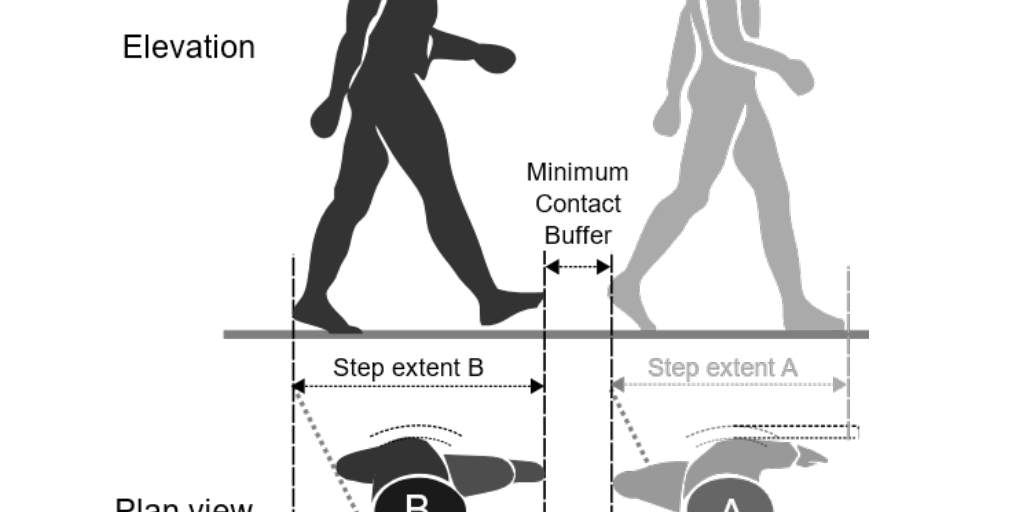By: Hossein Tavana, Peter Thompson, Karen Boyce, Håkan Frantzich, Daniel Nilsson, and Denise McGrath
This article presents the findings of experimental work which underpins the development of a new approach to modeling evacuation. We intend that this model can be used in the future to more precisely and accurately model the movement of individuals, characterize complex crowd dynamics, and contribute to the design of safe buildings and infrastructures.
References
B.S.9999 2017. 9999 (2017). Fire Safety in the Design, Management and Use of Buildings: Code of Practice. Technical report, British Standards Institution.
Fruin, J. J. 1971. Pedestrian planning and design. Metropolitan Association of Urban Designers and Environmental Planners.
Pauls, J. 1995. Movement of people. SFPE handbook of fire protection engineering, 3.263-3.285.
Pauls, J. L., Fruin, J. J. & Zupan, J. M. 2007. Minimum stair width for evacuation, overtaking movement and counterflow—technical bases and suggestions for the past, present and future. Pedestrian and evacuation dynamics 2005. Springer. https://doi.org/10.1007/978-3-540-47064-9_5
Predtechenskii, V.M. and Milinskiĭ, A.I., 1978. Planning for foot traffic flow in buildings. National Bureau of Standards, US Department of Commerce, and the National Science Foundation, Washington, DC.
Thompson, P., Nilsson, D., Boyce, K., Molloy, M. & McGrath, D. 2020a. Exploring the biomechanics of walking and crowd « flow ». Fire and materials, 44, 879-893. https://doi.org/10.1002/fam.2889
Thompson, P., Frantzich, H., Arias, S. and Friholm, J., 2020b. Determining evacuation capability with biomechanical data. LTH, Lund University, Report 7048. ISRN: LUTVDG/TVBB—7048–SE
Thompson, P., Tavana, H., Goulding, C., Frantzich, H., Boyce, K., Nilsson, D., Larsson, G., Friholm, J. & McGrath, D. 2022. Experimental analyses of step extent and contact buffer in pedestrian dynamics. Physica A: Statistical Mechanics and its Applications, 593, 126927. https://doi.org/10.1016/j.physa.2022.126927






